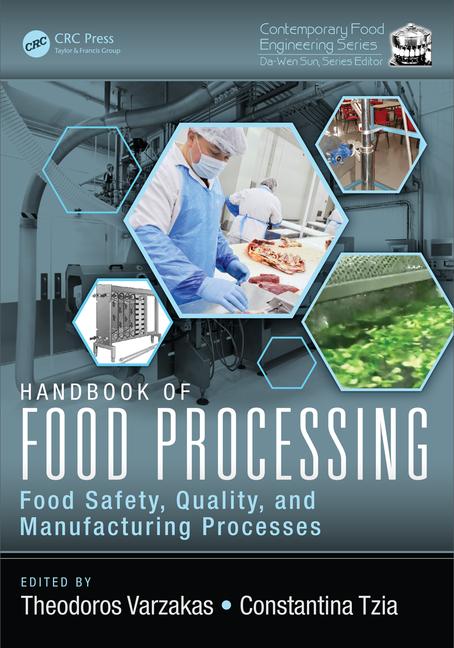Insider Perspective—The Allergen Factor in Food Recalls

Allergens were the number-one reason for food recalls in North America in 2011, and bakery products were one of the most frequent foods recalled. This was the first time that allergen recalls outpaced the number of food recalls due to microbiological contamination. A large number of allergen-related bakery food recalls were caused by mislabeling issues, such as products missing an ingredient statement, products containing an allergen not listed in the ingredient statement or missing an ingredient source (for example, a product may list flour as an ingredient, but doesn’t state wheat as the source).
The 2004 Food Allergen Labeling and Consumer Protection Act requires all packaged food to list on the ingredient label the allergen(s) the product contains. The act list eight common allergens in the United States that when used are required to be listed in the ingredient statement. When present in a food in any form, the allergens that are required to be listed in the ingredient statement are: Milk; eggs; peanuts; wheat; soybeans; tree nuts; fish; and crustacean shellfish. They are all referred to as the major food allergens.
There are more than 160 foods known to cause an allergic reaction in individuals. In the United States, more than 90% of the documented food allergies have been linked to eight major food allergens. Those eight represent foods most likely to result in severe or life-threatening reactions. It’s estimated that about 5% of children and 2% of the adult population in the United States are affected by food allergies that result in about 30,000 emergency room visits and 150 deaths per year. The only way to prevent emergency room visits and death from food allergens is by “strict avoidance” of the allergen.
If you or a member of your family has a food allergy, then you know the concerns and fears associated with a sudden life-threating event. These individuals put tremendous trust in the ingredient label of products you provide. Each and every day, they have to read the ingredient statements on the packages of food they eat. Think about that trust factor!
For example, Emily was graduating from high school and on a beautiful spring day, she and her mother went shopping to purchase that special graduation dress. After considerable searching, they found the perfect dress for Emily. Emily and her mother were excited and looked forward to that special day of graduation. To celebrate the moment, she and her mother decided to have lunch together. Emily knew she had a food allergy and had investigated the ingredients in the food she consumed for lunch. Shortly after eating, Emily felt ill, excused herself and went to the bathroom. After a few minutes, her mother went to check on her only to find her lying on the floor. Paramedics were immediately called. Even with modern medical assistance, Emily’s life ended on that bathroom floor.
Emily didn’t get to wear that special dress, walk down the aisle and experience the joy of receiving her diploma. From a serving of food containing an allergen, one of the most joyous moments in
life to a mother and father turned into the loss of one of their children, all within a few minutes.
Can people who suffer from food allergens, like Emily, put their trust in your products and the ingredient statement on the product label? Is your food allergen control program up to date? How good is your ingredient suppliers’ allergen control program? How do you handle supplier and ingredient changes? How are leftover labels handled from the packaging machine at the end of the run? Too often, the wrong product gets into a package that doesn’t list the allergen that product may contain, thereby putting people at risk.
Allergen training of food plant workers is also essential in an effective allergen control program. An allergen control program requires a team effort, each and every day. These elements are critical factors to consider in your allergen control program. SF&WB
Looking for a reprint of this article?
From high-res PDFs to custom plaques, order your copy today!










